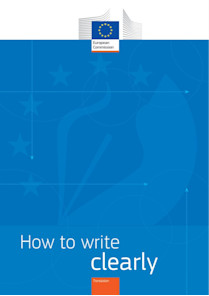When they are involved, members of the target group are not seen as passive recipients but as an active part of the project. Their experiences are poured directly into the development and implementation. This enables members of the target group to help shape structures, processes and measures that affect them. They help to ensure that the measures are oriented towards their actual needs and life circumstances.
Ideally, members of the target groups are involved in all project phases. It is also worth involving them in ongoing projects, for example as part of a project evaluation so that adjustments can projects make more successful.
Would you like to identify disadvantaged population groups and take their needs into account? We can advise you:


